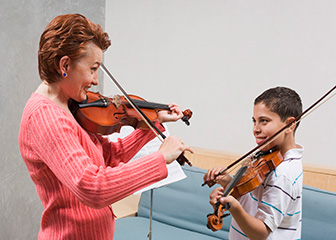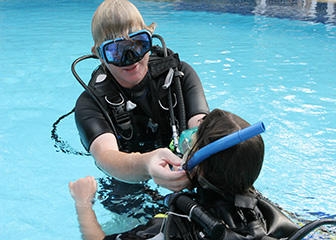Summary

| Quick Facts: Self-enrichment Teachers | |
|---|---|
|
$36,340 per year
$17.47 per hour |
|
| High school diploma or equivalent | |
| 1 to 5 years | |
| None | |
| 252,800 | |
| 21% (Faster than average) | |
| 52,800 | |
What Self-enrichment Teachers Do
Self-enrichment teachers instruct in a variety of subjects that students take for fun or self-improvement, such as music and foreign languages. These classes generally do not lead to a degree or certification, and students take them voluntarily to learn new skills or gain understanding of a subject.
Work Environment
About 14 percent of self-enrichment teachers were self-employed in 2010. Some teach in classrooms, but some teach in other spaces such as their own homes.
How to Become a Self-enrichment Teacher
There are no formal education requirements, but employers generally require self-enrichment teachers to have experience in the subject they teach. Some employers prefer workers who have teaching experience.
Pay
The median hourly wage of self-enrichment teachers was $17.47 in May 2010.
Job Outlook
Employment of self-enrichment teachers is expected to grow by 21 percent from 2010 to 2020, faster than the average for all occupations. Growth is expected as more people seek to learn new hobbies and gain marketable skills.
Similar Occupations
Compare the job duties, education, job growth, and pay of self-enrichment teachers with similar occupations.
O*NET
O*NET provides comprehensive information on key characteristics of workers and occupations.
Contacts for More Information
Learn more about self-enrichment teachers by contacting these additional resources.













